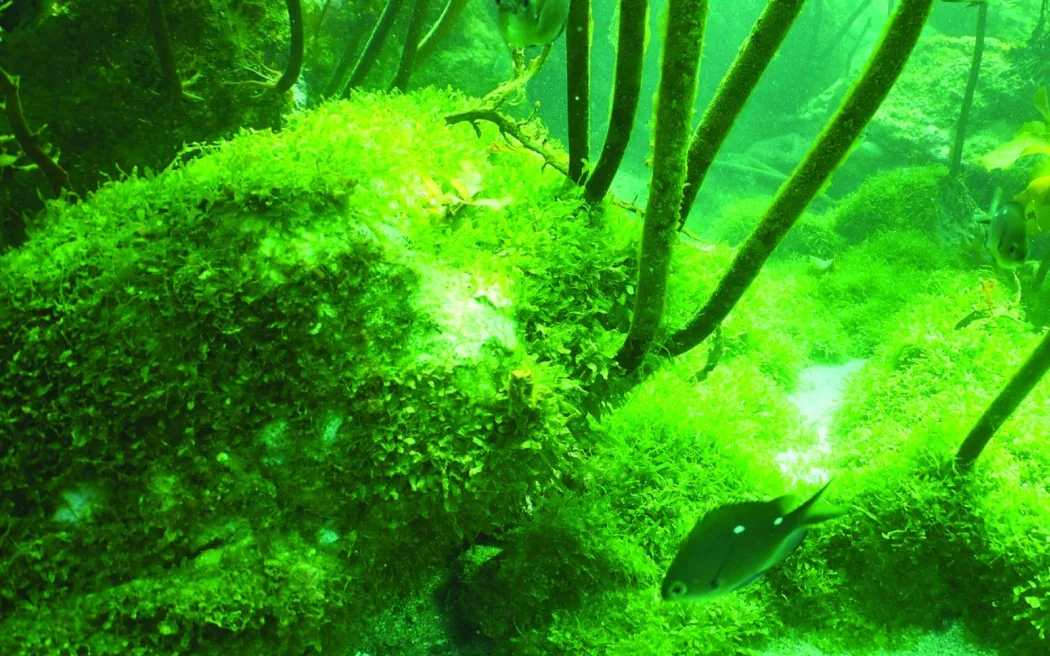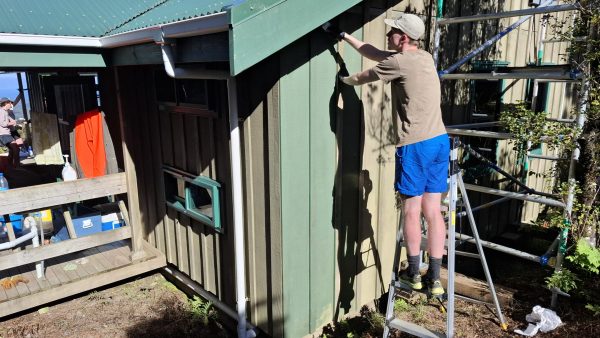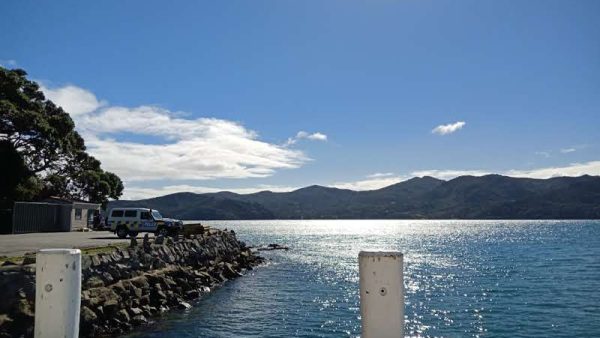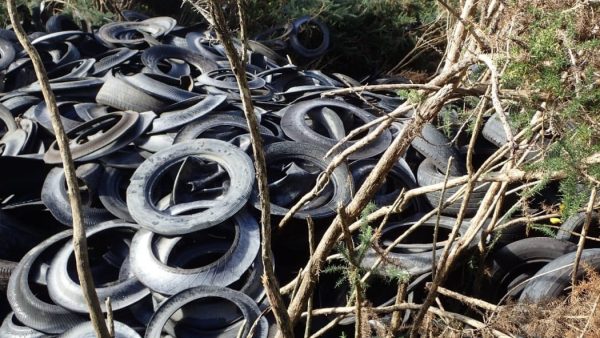The Ministry for Primary Industries has eased anchoring bans in several Aotea harbours after the invasive seaweed Caulerpa began dying off in places where it was first discovered, but at the same time MPI’s expanded the Controlled Area to cover all the island’s waters.
The new rules come into force on 1 October, with the move timed as summer approaches. Anchoring is now only banned in the Broken Islands and Tryphena Harbour. Earlier restrictions on anchoring in Blind Bay, Whangaparapara and Port Fitzroy have been removed.
The Controlled Area Notice, first imposed in 2021, has been extended to include the entire coastline out to the 40-metre depth contour. Officials say widening the zone is intended to ensure caulerpa does not suddenly spread again. All boats, gear and catch must be checked and cleaned before moving anywhere around the island, a safeguard MPI says will contain the risk. Bottom-contact fishing methods remain banned across the zone.
The change follows a hui in Claris last week where officials outlined a review into the policy. Aotea Local Board chair and election candidate Izzy Fordham said the policy now needed to be more nuanced.
“We can’t keep going with a whole of our west coast area locked up. If there are still heavily infested areas, then perhaps look at those and no anchoring in those, or have safe anchoring zones for people, but something’s got to change,” Fordham said.
Fordham pointed to this site’s January exclusive that caulerpa was dying off in places like Okupu and Blind Bay, where it was first discovered. “But it doesn’t appear to be there where it was before. Things are changing. Yes it is dissipating — and we don’t know why. I think you’ll find it’s probably going to have the scientists bamboozled.”
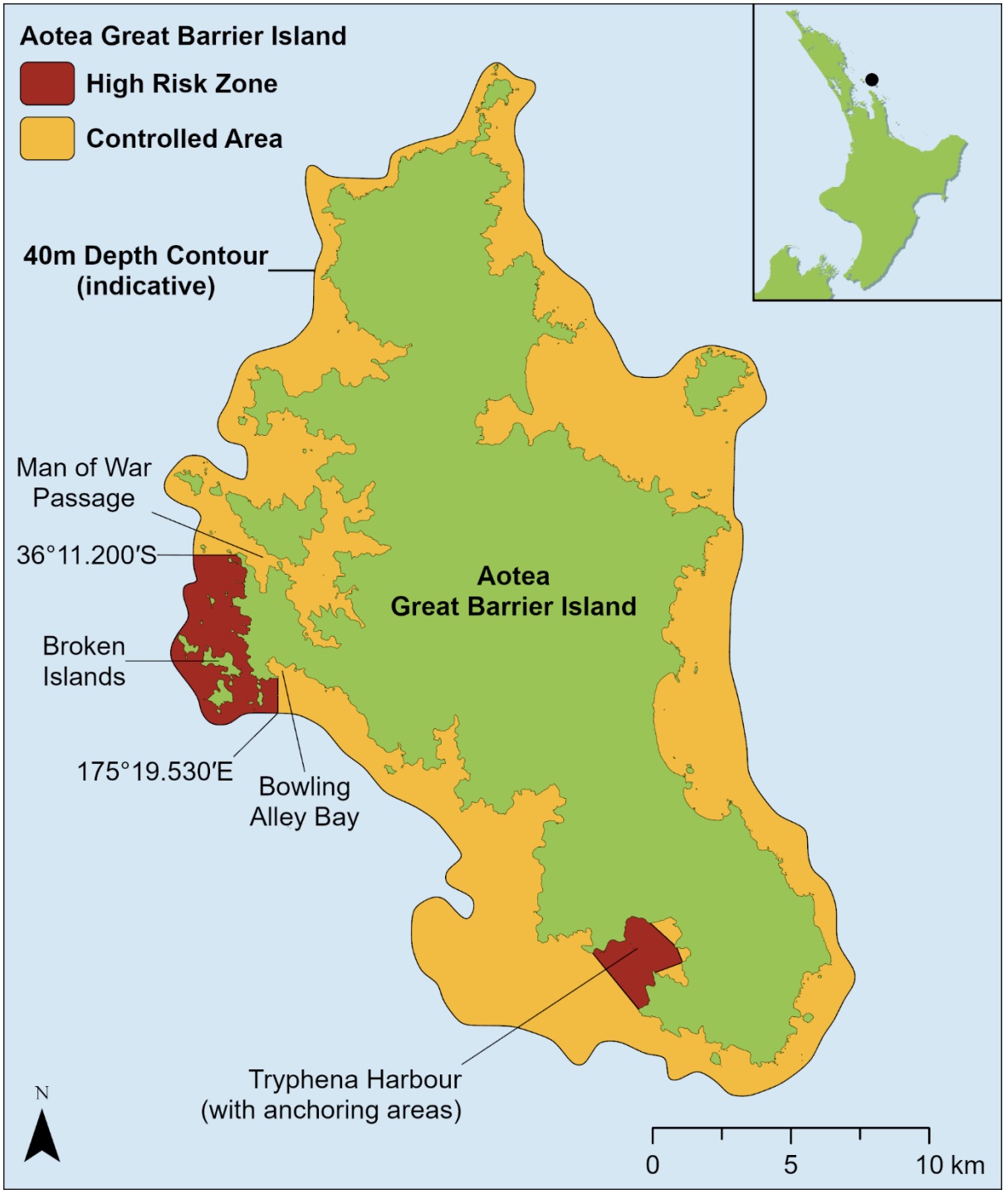
She also noted that, unlike other sites such as Kawau and Great Mercury, Aotea hasn’t resorted to dredging or chlorine chambers — which in retrospect was probably a good thing.
The notice has been controversial, with MPI allowing commercial fishing inside controlled waters while keeping recreational fishers banned. Local businesses say they have faced stress from a lack of visiting boaties in recent summers, cutting into fuel, food and accommodation trade.
At the same time, with the government’s ban on taking crayfish in the inner Hauraki Gulf, concerns have grown that more crayfishers are shifting effort to the Barrier. Iwi and the local board are appealing to the fisheries minister to tighten rules on when and how many crays can be taken.
All details of the new Caulerpa rules can be found on the MPI website.


